You like camping, but at some point, you’re a little scared and hesitant because of the possible encounter with coyotes that hunt in packs. That’s why in this article, you’ll find out whether or not they hunt in groups, as well as other interesting facts about them.
So, do coyotes hunt in packs? Coyotes generally hunt by themselves or in loose pairs. There are, however, some instances where it appears that coyotes form small groups to travel and hunt together or protect their territory.
Coyotes form packs when their food sources become scarce or when their territory has been encroached on by another coyote pack. When this happens, the individual coyotes will form a group of about 8-10 members so that their numbers can be used to protect their territory from other predators, such as wolves and bears.
Apart from this, there are other important facts that you need to know about coyotes, particularly on what time of day they usually hunt, where they sleep, and the like.
Table of Contents
What Is a Pack?
A pack is a group of animals that live together in harmony. The pack is led by the Alpha and Beta. The Beta may be a mother or an older sister, but the Alpha must be male.
The Alpha has many responsibilities, including protecting the pack from outsiders and deciding which members will mate with others.
Pack behavior is driven by the need for food and safety. Packs form around a dominant male who receives his position through physical combat with other males or by proving himself as the most dominant member of the group in times of stress.
Aside from finding food, the leader of the pack will protect his group from predators and other threats to their survival.
Do Coyotes Have Packs?
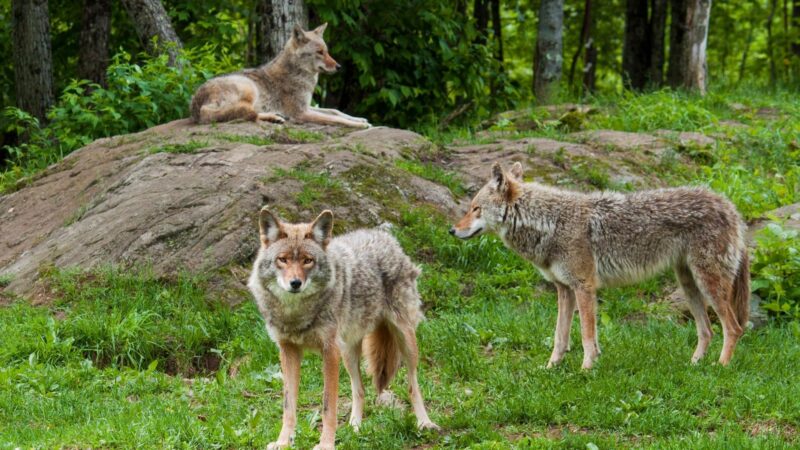
Technically, coyotes have packs. Coyotes may be solitary animals at some point when they first leave their birth dens as pups, but they’ll join up with other groups soon after leaving those dens if they find themselves in harm’s way or have other important issues to deal with.
There are two types of coyote packs: one is made up of a single male and female, and the other is made up of two females.
Coyote packs are usually formed on the basis of familial relationships, although there are also some instances where two males join forces to hunt down prey.
Coyotes form their packs based on family ties (either parental or social), as well as instinctual behaviors such as territory defense, mating behavior, and group hunting.
When forming a new pack, both members must agree to join together before becoming official members of the group. If there isn’t enough space for everyone within a pack, then it will be split into smaller groups that share tasks within the group.
Do Coyotes Travel in Packs?
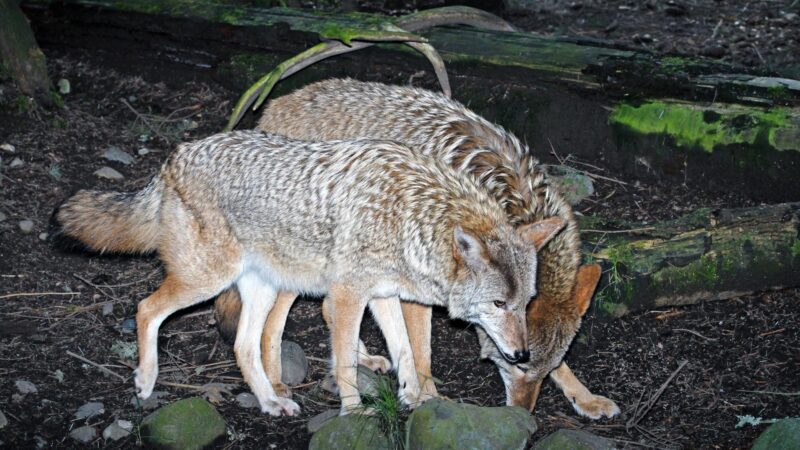
Coyotes have been observed traveling in large groups of 8-10 or more individuals. This type of behavior is most likely a response to predators like wolves and bears, which would require large numbers of coyotes to defend themselves against these predators.
While it is true that coyote packs travel together, they do not always travel as a group. Packs can be divided into smaller subgroups and may re-form again once the threat has passed.
In addition to traveling in packs, coyotes also tend to live in family units made up of alpha males and females paired with their young pups. These families usually consist of one alpha pair and their offspring (usually two pups at birth).
Sometimes up to four adults may live together in one family unit over time, as well as additional unrelated adults who join them from time to time such as widowed females or older males who were unable to find mates within their own smaller pack because there were no females present during mating season.
What Time of Day Do Coyotes Usually Hunt?
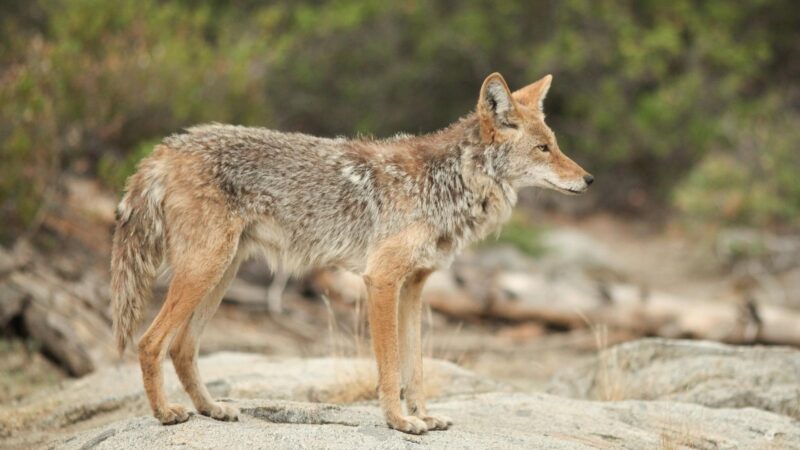
Coyotes are nocturnal animals, so they primarily hunt at night. They are most active in the early morning and late evening hours. This is when they have the most time to hunt before sunrise and after sunset when they have less light to work with.
They also tend to be more active at these times of the day because it’s easier for them to spot their prey. Coyotes will often eat small rodents like mice and voles, which are usually active during the morning hours.
They can also catch larger prey such as rabbits or deer at this time of day because there are fewer predators around at night than during the day.
Where Do Coyotes Sleep?
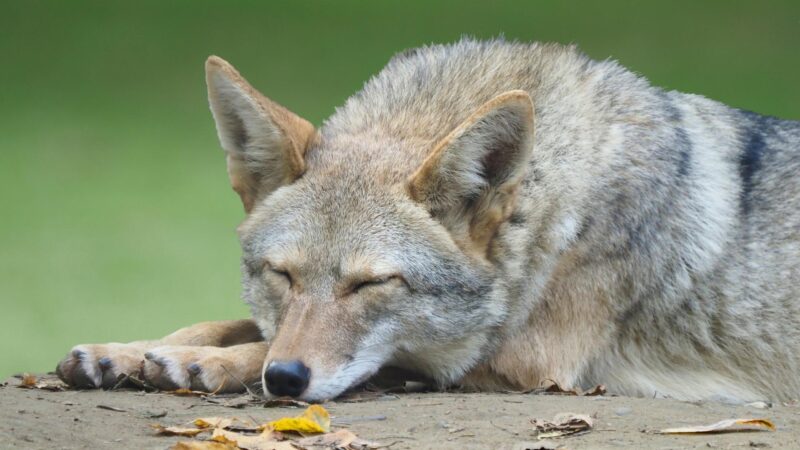
Coyotes sleep in a variety of places. They may sleep in trees or on the ground, but they prefer to sleep in dens or hollowed-out logs. They are also known to nest in caves, under rocks, and other areas where they can find shelter from predators.
Coyotes are nocturnal animals, so they are most active during the night. They tend to sleep close to where they eat or hunt for food so that they can be ready to move quickly if necessary.
Coyotes have been known to have a home range of up to 10 square miles (25 kilometers), but this may depend on food availability and other factors.
Do Coyotes Hunt During the Day?
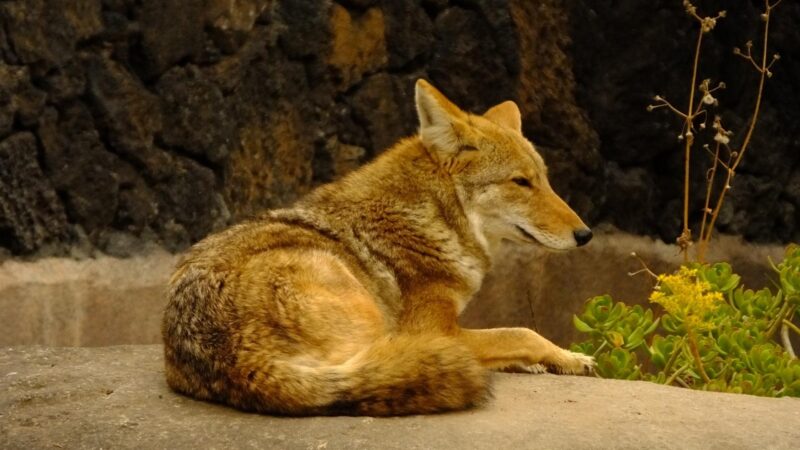
As mentioned already, coyotes are inherently nocturnal. However, coyotes also hunt during the day, but not always. Coyotes are most active at dusk and dawn when they’re most likely to find food.
If the weather is clear, they’ll take advantage of any opportunity to hunt in daylight. However, if it’s cloudy or rainy, they’ll almost always hunt at night.
They’ll also hunt during the winter months when hunger can be a challenge for coyotes. In these times of scarcity, they may be forced to change their hunting habits and search for food in other ways. For example, by scavenging for dead animals or stealing food from farms.
How Many Coyotes Are Usually in a Pack?
Coyotes tend to be social animals when in packs, so it’s no surprise that packs of coyotes tend to be organized and structured. The average size of a pack is somewhere between 8 and 10 members.
The size of the pack changes from year to year, depending on the food supply and other factors. Packs can be as large as 20 members or as small as 2 members.
Each member of the pack has its territory, and it’s not uncommon for these territories to overlap. Packs tend to stay together for their entire lives, which means that even though there are many coyotes in a given area, they don’t live together all the time.
Also, during mating season female coyotes often travel in packs to find mates. If she doesn’t find one who fits her needs there will most likely be another pack nearby that has an alpha male who might be interested in mating with her instead!
Why Do Coyotes Howl in Packs?
Generally, coyotes howl in packs because they’re not just trying to get attention from other members of their pack—they’re also communicating with other packs about where there’s food available and where not!
By sharing information about where there’s a good hunting ground nearby, these packs help each other out and coordinate their efforts so that everyone gets what they need at once.
Coyotes also howl together in groups to warn off other animals or humans who might be approaching them. Coyotes use their voices to make different sounds depending on what kind of animal or person they’re trying to get attention from.
Sometimes this can mean that coyotes will have one another’s backs as they’re trying to fend off threats from other animals or people. This is why we can often hear packs of coyotes howling at night as a warning to others that they’re running around or that they don’t want to be disturbed.
Do Coyotes Hunt Dogs in Packs?
Coyotes hunt in packs, and they will often take down large prey like deer or bison. However, there is no evidence that coyotes hunt dogs in packs.
The myth of coyote packs hunting dogs stems from an incident in which a pack of coyotes attacked a man’s dog on the banks of a river. The man shot at the coyotes and killed three of them, but not before one had managed to bite his dog.
The man then shot and killed the coyote that had bitten his dog. This story has been repeated so many times that it has come to be known as “the dog-coyote story.”
However, there is no evidence that this happened. The man’s account was written after he heard the story told by someone else, who claimed that he had been present when it happened—but there was no other witness to confirm this claim.
Can a Dog and a Coyote Have a Baby?
A dog and a coyote can have a baby. In fact, the odds of this happening are quite high. The most likely reason for the birth of a dog-coyote hybrid is that dogs and coyotes are both members of the Canidae family (which includes dogs, wolves, jackals, and foxes).
This means they share more than just a physical resemblance. They may also share some DNA. This would make it easier for them to produce offspring with each other.
Do Dogs Join Coyote Packs?
Dogs are social animals, so it’s no surprise that they sometimes join coyote packs. They have been known to take part in coyote packs, but whether or not they’re able to become pack members is still up for debate.
It’s believed that dogs have an instinctive ability to work with other members of the pack to hunt prey.
They argue that dogs lack some vital skills necessary for working alongside other members of a pack, such as hunting skills or physical endurance (which would be necessary for running long distances).
They also believe that the behavior of dog-coyote interactions is significantly different from how we see it between human groups like families or tribes.
Summary
In a nutshell, coyotes are not completely solitary animals, as they are generally found in small family packs. Coyotes will hunt cooperatively when bringing down larger prey, and their hunting strategy depends on the available options.
Solitary coyotes will attack smaller prey to fend off smaller predators from the kill. Coyote packs largely depend on their social structure and are focused heavily on family units.
In this case, coyotes do hunt in packs, given the biological and environmental factors of their ecosystem.
List of Sources
Chamberlain, M., et al. (2021). Fine‐scale movements and behaviors of coyotes (Canis latrans) during their reproductive period. Ecology and Evolution
Breck, S. W., et al. (2019). The intrepid urban coyote: a comparison of bold and exploratory behavior in coyotes from urban and rural environments. Scientific Reports.
Coyotes. (2021). City of Dublin, Ohio, USA.
Eastern coyote wildlife note. (2022). Pennsylvania Game Commission.